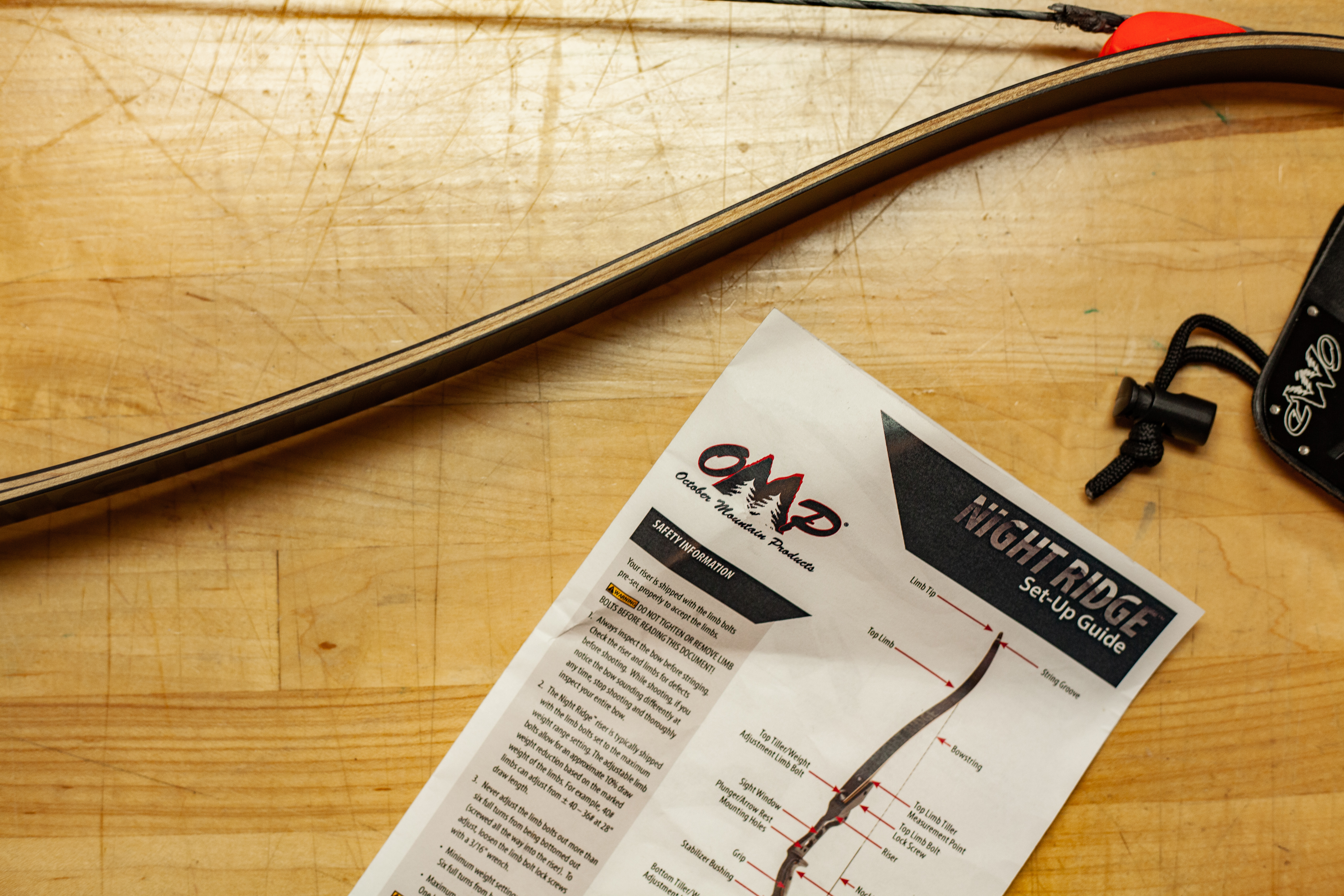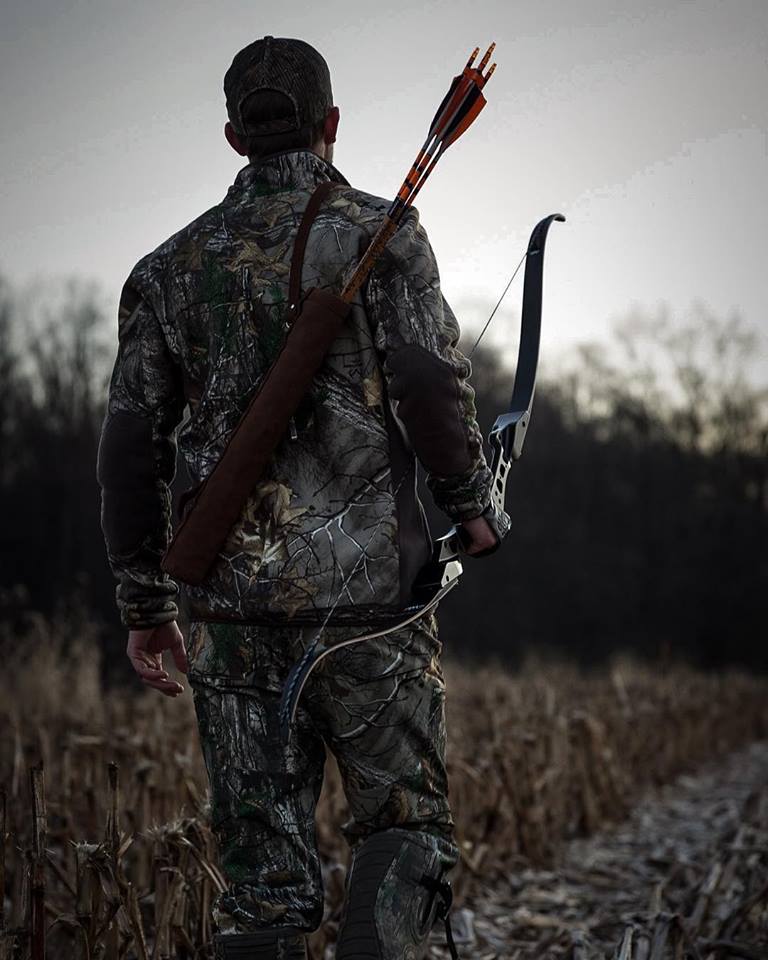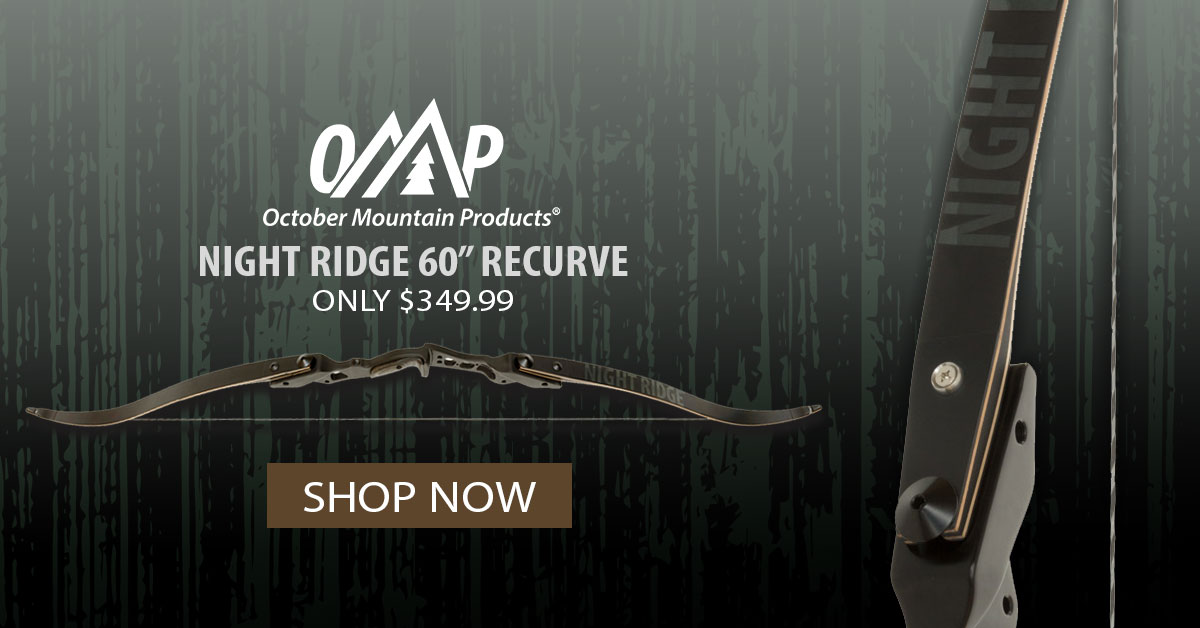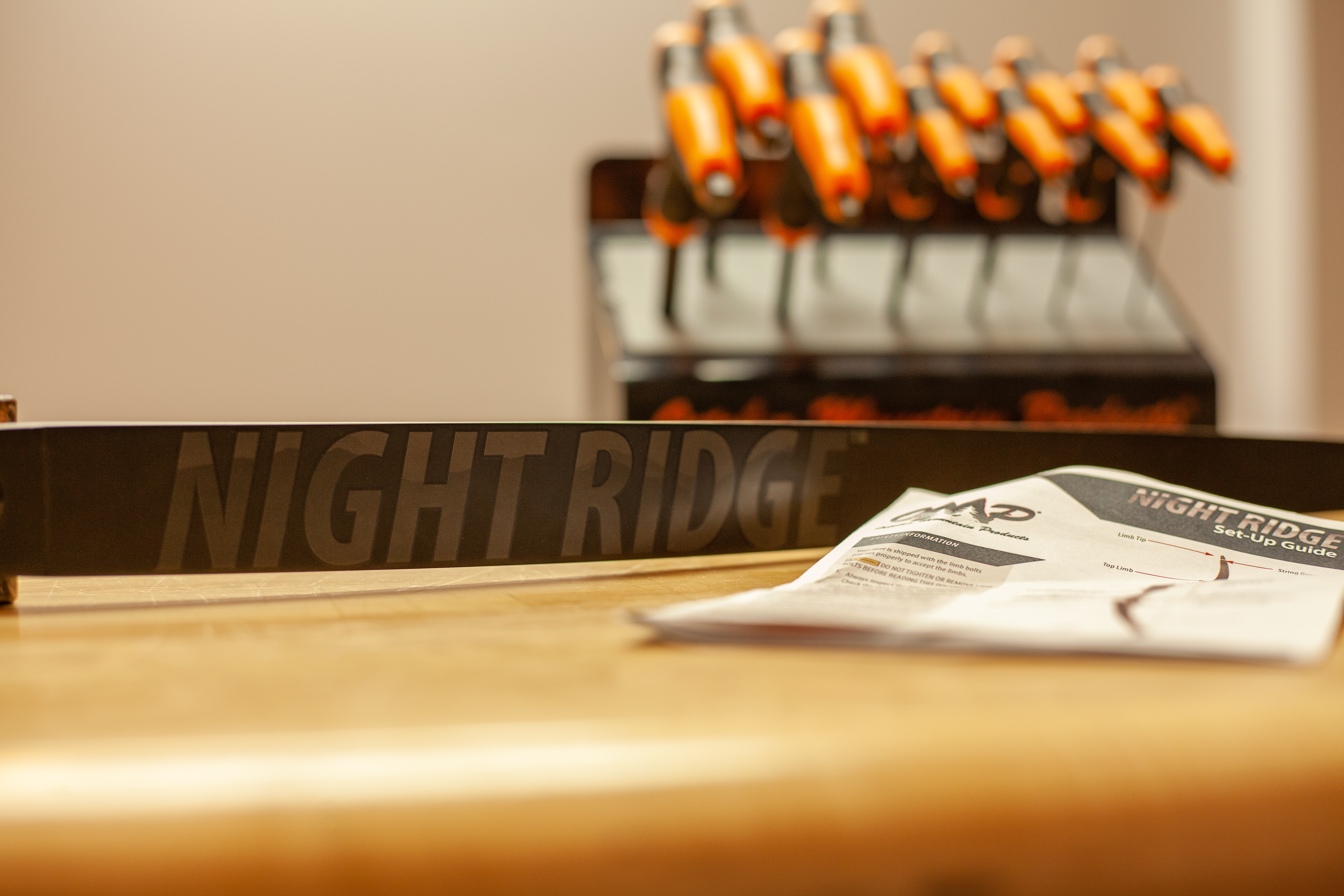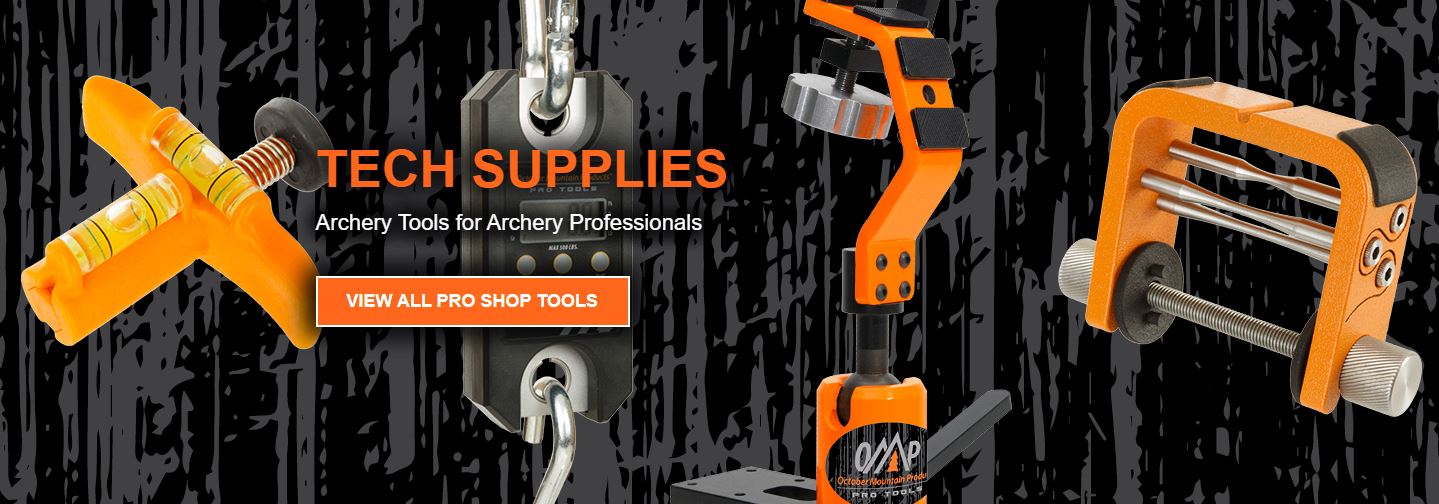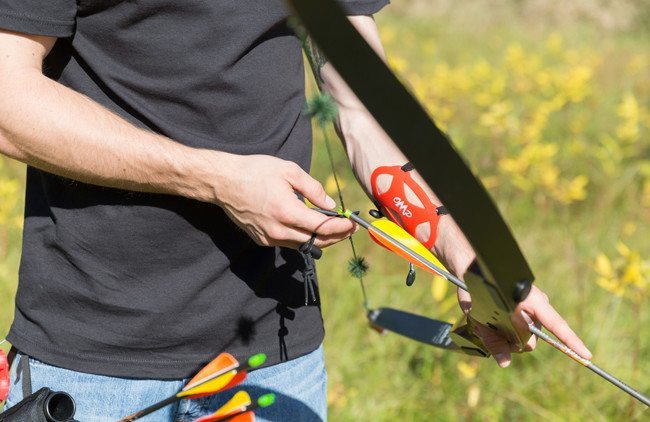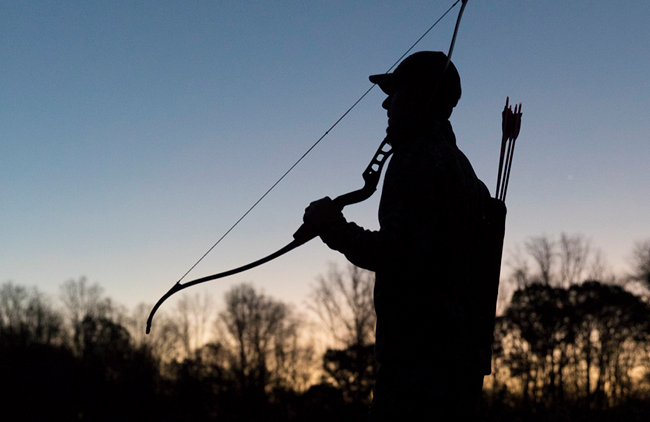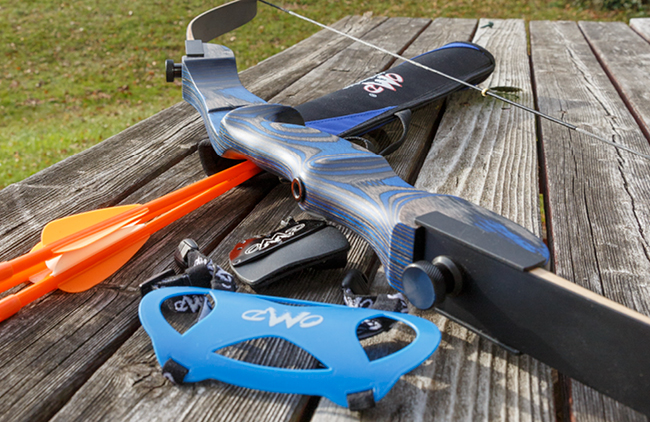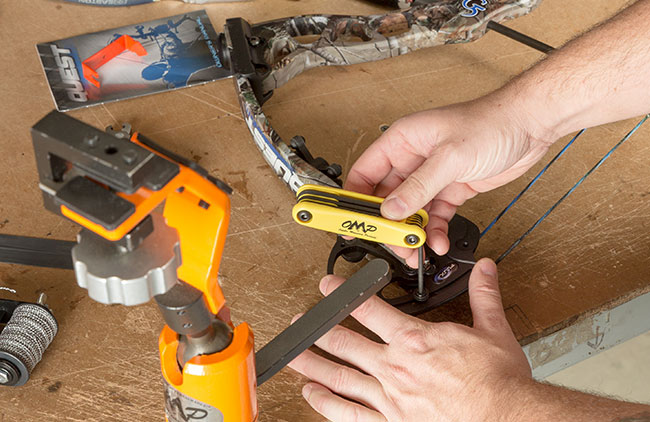Traditional Archers Path | Choosing A Recurve Hunting Bow
Buying Your First Recurve Hunting Bow
If you are in the market for your first recurve hunting bow there are some simple considerations that can make the choice easier while saving you money in the long run by making the best decision the first time. Hunting with a recurve bow is exciting, challenging and well worth the effort.
One of the first considerations is deciding exactly what you want to do with the bow. If you intend to hunt only small game such as rabbits, squirrels or groundhogs a draw weight of 35 to 40 pounds is more than adequate. If you are after medium sized game such as deer or turkey a draw weight of 45 to 50 pounds might make a better choice. Depending upon the size of the game you are pursuing even heavier weights might be considered as well for bear, elk, etc.
Draw Weight Considerations
However when it comes to draw weights while using recurves there are some additional considerations as well. Unlike a compound which allows the user to adjust the draw weight a recurve has a fixed weight at a specific draw length. Unless otherwise specified most recurves are rated at 28 inches of draw length. So a bow rated at 50 pounds draw weight will require 50 pounds to draw the bow back 28 inches. As a general rule, you can calculate plus or minus two to three pounds for every inch the bow is drawn under or over 28 inches. As an example, a 50-pound bow drawn back 27 inches will require between 47 and 48 pounds while the same bow drawn 29 inches will require an effort of 52 to 53 pounds of force. Because an archers draw length remains constant, unless the archer is growing, the easiest way to determine the actual draw weight is to try different bows and have them measured on a bow scale at your draw length to know exactly what weight you are drawing. Don’t just assume the rating is correct, it is best to try different bows to find the one that feels most comfortable to you.
Unlike a compound that has a weight reduction at full draw a recurve builds up in weight during the draw and the shooter is holding the maximum weight when at full draw. This means the bow will take a little getting used to. Proper shooting form is the key to accuracy and that means shooting the bow as often as possible. But start slow and build up your strength and tolerance. This doesn’t happen overnight.
It is important to be able to draw, hold, aim and release using the proper shooting form for at least 4 to 6 arrows before you feel strained or fatigued. This might not seem like a lot but you will be surprised how quickly you will become comfortable with shooting more and more. The worst thing you can do is push yourself too quickly as this will lead to fatigue, poor form and it is easy to become discouraged when you are struggling. Make sure each shot is taken with good form. It is a mistake to simply shoot a lot of arrows without regard to proper shooting form because you will simply fatigue yourself and make mistakes which lead to the development of bad habits. Slow and easy at first is the key.
A little experimentation with a few different bows at a pro shop or trying some of your friend’s bows and shortly you will have an idea of what draw weight feels best to you. Once you make that determination it is time to go shopping.
Bow Length Considerations
Bow length is one of your basic considerations. Longer bows in the 66 to 68-inch length are normally used by target archers because of the reduced string angle which allows for a smoother release. Popular hunting bow lengths normally fall in the 58 to 62-inch category. These bow lengths result in a bow that is short enough to allow hunting in thick cover, from a treestand or ground blind but still produce a comfortable string angle. String angle is the angle formed by the string when the bow is at full draw. The shallower this angle the more comfortable it is on the fingers and the easier it is to get a good release. An ultrashort hunting bow, although smaller and easily maneuverable can produce harsh string angles making clean releases and accuracy more difficult to achieve.
Most modern recurves come in either right or left hand and better models will have a cut-out sight window for better sight picture and will be cut “past-center” to allow for better arrow flight. Recurves are available in both one-piece models which are all wood construction or take-down models which have a riser, (the center section of the bow is referred to as a riser), with a pair of detachable limbs. Risers come in both all-wood construction or metal construction. While both bow designs work equally well the take-down models have some distinct advantages.
A take-down bow allows the limbs to be easily removed from the riser for storage or transportation. This is a desirable feature for any archer but can be especially important to a hunter if they are packing into a hunting site when space is at a premium. The take-down design also allows the user to have several sets of limbs for the same riser offering the flexibility changing both bow length or more importantly bow weight. Having a set of 35 or 40-pound limbs for summertime practice, target shooting or sharing with other family members is a great feature while switching to a set of 50-pound limbs for hunting gives the shooter maximum versatility at a minimal cost. This is like having interchangeable barrels for your favorite deer rifle. It gives you more versatility at less cost.
The Night Ridge by OMP
A great bow to consider that falls into the take-down category is the Night Ridge by October Mountain Products. The Night Ridge, (available only in right hand), features a CNC machined aluminum riser, (6000 series), for ultimate strength, performance, and appeal. The riser is drilled and tapped for a stabilizer, sight and comes with two rest or cushion button mounting locations allowing for a customized arrow set-up. The sight mounting holes will also accept a bow quiver if desired which most hunters find convenient. The riser is cut .335 of an inch past center which allows for ease of tuning and the ultimate in arrow flight. Note: An arrow leaving a bow tends to bend around the riser on the shot. To reduce this bend in the arrow, also known as the archer’s paradox, cutting the riser past center makes it easy for the arrow to clear the bow while reducing the oscillation of the arrow increasing downrange stability and accuracy.
The riser is 19 inches in length and comes with 60-inch limbs for the speed and response hunters seek in a hunting bow. It is also adaptable to 62 and 64-inch limbs for those seeking a longer bow. The Night Ridge comes in both an attractive black finish with black wooden and fiberglass limbs or with a camo riser with wooden and black glass limbs. An eye-catching slender wooden grip completes the bow and aids with proper hand placement, which is very important to overall accuracy. The Night Ridge offers built-in weight/tiller adjustment and lateral limb alignment. Both models of the Night Ridge bows come in draw weights of 35, 40, 45 and 50 pounds with additional replacement limbs available. For an additional traditional touch, the Night Ridge also comes standard with a premium flemished bowstring.
Conclusion
Shooting traditional archery equipment is a lot of fun and hunting with traditional gear turns any hunt into a true trophy hunt due to the added challenge. For some unexplained reason shooting traditional archery equipment is addictive. It seems to provides some secret connection to every man’s link to the past. Try it and don’t be surprised if you truly love it.

